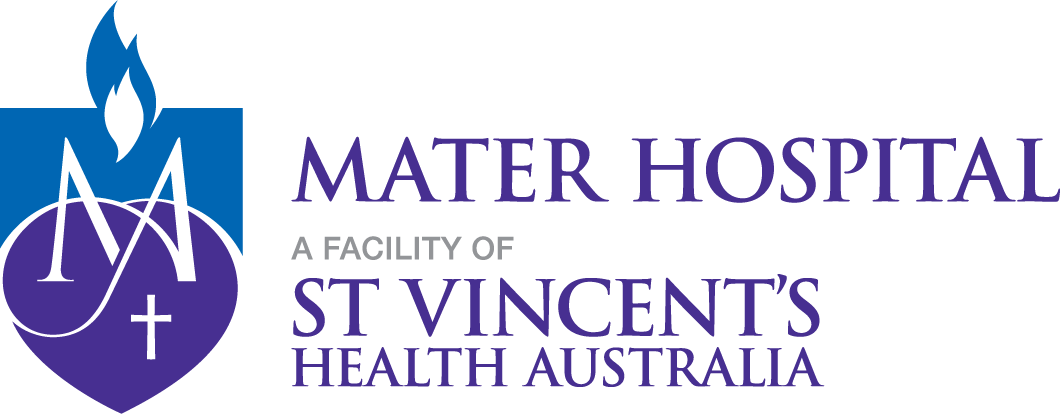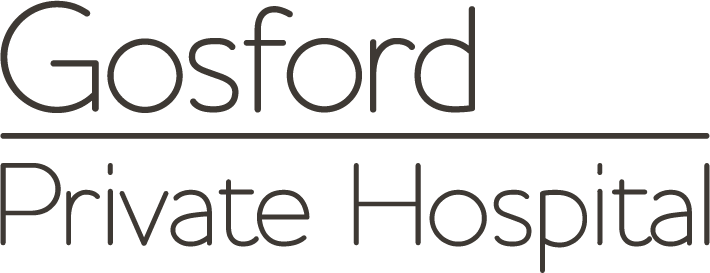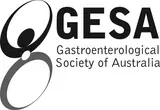Gastroscopy
An upper endoscopy, or gastroscopy, is a procedure used to investigate the upper GI tract, which includes the throat, oesophagus, stomach, and beginning of the small intestine (duodenum). Your gastroenterologist will assess your medical history, risk factors, and current symptoms to determine if a gastroscopy is appropriate for you.
An endoscope, which is a thin, flexible tube about the thickness of a pencil, is used for the procedure. Images are projected onto a video screen via a camera and light source on the endoscope. Biopsies (tissue samples) can be taken and treatment of conditions such as minor bleeding, polyp removal, and oesophageal dilatation (widening the oesophagus) can also be performed.
The patient is sedated prior to the procedure and intravenous medication administered to ensure a painless experience. The procedure usually takes about 20 minutes.
Preparing for a gastroscopy requires fasting for several hours before the procedure, and withholding certain medications.
After the procedure, you’ll be monitored in a recovery area for a couple of hours. You may experience mild sore throat, hoarseness, bloating, or wind, which should settle within 24 hours or so.
Gastroscopy has a very high success rate with minimal risk. Normal results provide reassurance and may help rule out certain conditions. If a condition is found, early detection can lead to better outcomes. For example:
- Ulcers can be treated with medications.
- Infections like Helicobacter pylori can be cured with antibiotics.
- Early-stage cancers or precancerous changes (like Barrett’s oesophagus) can be managed with surveillance or treatment.












